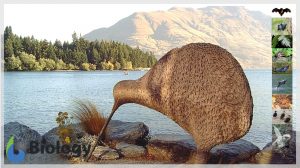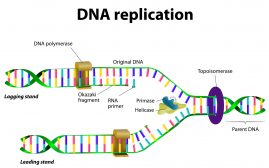Definition
noun, plural: ecoclines
A sequence of inter-ranking structure formed within a group between two distinct environments wherein the border line takes gradual and dynamic changes nurturing varied stable communities in a geographical area.
Supplement
It occurs in a gradual change in phenotype seen across population or adjacent populations that are frequently appears to have an ecological explanation.
Nonstop variation in plant phenotypes and associated genotype along an environmental slope.
Genetically, ecocline is the product of alteration of allele frequencies within the gene pool of the group of taxa that are evident through time and space.
The presence of polymorphisms in clover is a good example of an ecocline across Europe. This variety of plants generates two alleles one will produce cyanogenic glucoside and the other discharge enzymes, a lysosomes that breaks down glucoside to create free cyanide. Investigation of these plants showed that those happened to produce cyanide found primarily in south and west Europe while those do not release cyanide found mostly in north-east of Europe.
Whether deviation in the population patterns forms ecocline ,ecotypes and non-directional mosaic distributions will depend on how spaced out a populations are from each other and the quantity of genetic exchange among populations features environmental distributions towards the degree of natural selection acting on individuals.
Compare:
• genocline
See also
• ecotone
• ecotypes
• non-directional mosaic distributions
Dictionary > Ecocline
You will also like...

Respiration
The human respiratory system is an efficient system of inspiring and expiring respiratory gases. This tutorial provides ..

Abiotic Factors – Water Conditions
A still body of water may be disturbed by a variety of factors. One of them is wind. In fact, it is considered as the pr..

Adaptation Tutorial
Adaptation, in biology and ecology, refers to the process or trait through which organisms or the populations in a habit..

Ecology & Biodiversity: New Zealand Flora & Fauna
New Zealand is known for its unique biodiversity, caused by its remarkable geography and geologic history. Breaking away..

DNA Structure & DNA Replication
DNA is a double helix structure comprised of nucleotides. A nucleotide, in turn, is made up of phosphate molecule, deoxy..

Protein Activity and Cellular Metabolism
Proteins have a crucial role in various biological activities. Get to know how proteins are able to perform as enzymes, ..

